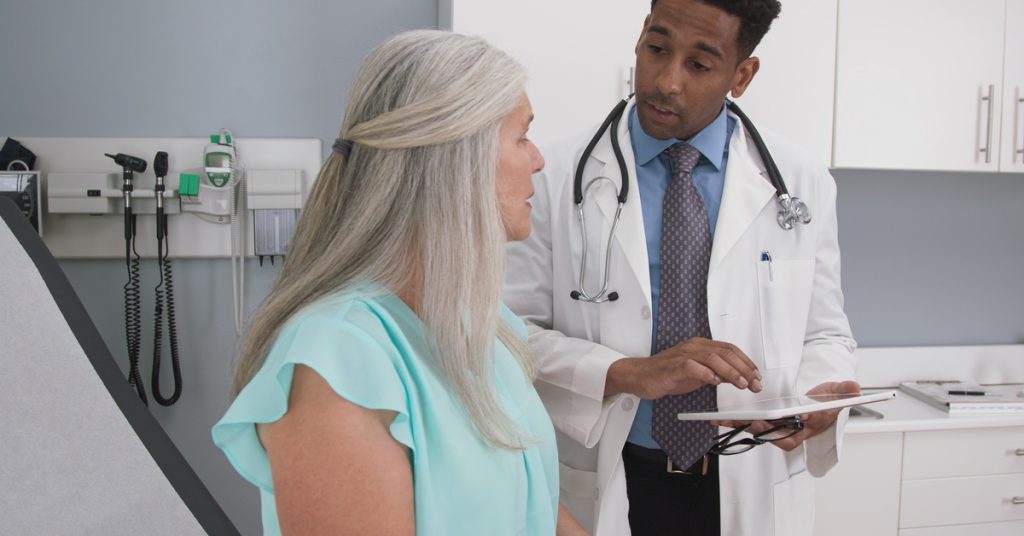
October 8, 2025; By Benjamin Kosubevsky
Wound healing is a complex biological process integral to maintaining the body’s physical integrity. For some individuals, especially those with chronic illnesses or compromised immune systems, the healing process can become prolonged and problematic. Recent advancements in regenerative medicine have introduced therapies that promise to accelerate natural healing mechanisms, and one such promising innovation is VSEL therapy.
VSELs, or very small embryonic-like stem cells, are a unique type of stem cell present in the human body. These cells are multipotent, meaning they have the capability to differentiate into various cell types based on the needs of the tissue. This inherent ability makes them a powerful tool in wound healing and tissue repair. Before committing to any treatment plan, it’s essential to understand how VSEL therapy can promote faster wound healing.
Stem cells have long been recognized for their ability to regenerate tissues and facilitate repair; when the body suffers from an injury, cells in the affected area begin signaling for help. Stem cells respond to these signals, migrating to the site to kickstart tissue regeneration by replacing damaged or lost cells. While this process occurs naturally to some extent, the presence of more readily available and potent stem cells, such as VSELs, can amplify the response and speed up recovery.
Unlike other types of stem cells, VSELs are advantageous due to their small size and ability to remain dormant until needed, at which point they are activated. This reduces the risks of unchecked cell growth, making them a safer option for therapeutic use compared to some other stem cell applications.

VSEL therapy involves isolating very small embryonic-like stem cells from the patient’s blood or bone marrow, processing these cells in a laboratory environment, and reintroducing them to the patient in targeted areas. Once administered, VSELs travel to the wound site, where they adapt to the microenvironment and begin working. They promote angiogenesis (the formation of new blood vessels), which is essential for delivering nutrients and oxygen to the healing tissue. They encourage the production of collagen and other extracellular matrix components, which are critical for rebuilding the structural integrity of the tissue.
An essential aspect of VSEL therapy is its autologous nature in most cases. Because the patient’s own cells are used, the risks of immune rejection or adverse reactions are significantly minimized. This increases the safety and efficacy of the treatment, making it a viable option for accelerating wound healing.
Chronic wounds, such as diabetic ulcers or pressure sores, present a significant medical challenge due to their resistance to traditional treatments. These wounds often linger for months without showing significant healing, posing increased risks of infection, amputation, or other complications. VSEL therapy has shown promise in addressing these cases by jumpstarting the body’s stalled healing mechanisms.
Clinical studies indicate that patients receiving VSEL therapy for chronic wounds experience noticeable improvements in wound closure and skin rejuvenation. By targeting the root causes of delayed healing, such as poor circulation or inflammation, VSELs not only focus on repairing tissue but also create an enhanced environment for sustained recovery.
Post-surgical wounds are another area where VSEL therapy shines. Major surgeries often involve significant tissue trauma, requiring rapid healing to minimize the risk of infection and ensure successful outcomes. VSEL therapy expedites this process by providing the site of the wound with stem cells ready to facilitate repair and regeneration. Patients undergoing VSEL-supported recovery have reported shorter healing times and reduced instances of complications.
By incorporating this innovative therapy into recovery protocols, healthcare providers can improve patient outcomes and overall satisfaction. This is particularly beneficial for surgeries associated with complex or high-risk healing, such as orthopedic or cardiovascular procedures.
For wound healing to occur efficiently, several key processes must work in tandem. VSEL therapy aids each stage, from inflammation to regeneration. During the inflammatory phase, VSELs release bioactive molecules that regulate immune responses, preventing excessive swelling and helping to clear damaged tissue.
During the proliferation phase, VSELs take an active role in creating new cells that replace those lost to injury. They encourage the formation of granular tissue, a critical component in reconstructing the injured area. Lastly, during the remodeling phase, VSELs assist in fine-tuning tissue repair to ensure the structure regains its strength and function effectively. This multifactorial support highlights why VSEL therapy has such a profound impact on wound recovery timelines.
While conventional wound care involves cleaning, dressing, and occasionally using antibiotics or other medications, the approaches often fail to address deeper systemic issues or provide regenerative solutions. VSEL therapy steps into this gap as a proactive measure, addressing both superficial and underlying causes of slow healing.
Since VSELs are derived from the patient’s own body, they provide a more natural form of therapy, reducing dependency on synthetic pharmaceuticals. They do not carry the same ethical concerns as other stem cell treatments, making them a more widely acceptable option.
Though VSEL treatment is a relatively new development in regenerative medicine, its potential has sparked widespread interest and ongoing research. Advances in stem cell technology and precision medicine continue to enhance the way these cells are harvested, processed, and delivered, making the therapy increasingly accessible and effective.
Future applications of VSEL therapy could extend beyond wound healing, with potential uses in treating degenerative diseases, reversing organ damage, and even combating the effects of aging. The versatility of these cells ensures that their role in medical science will continue to expand, benefiting countless patients around the world.

VSEL therapy represents a significant leap forward in wound healing technology, and knowing how VSEL treatment can promote wound recovery is a critical step in your healthcare decisions. By mobilizing the body’s natural regenerative faculties, it offers a pathway to faster recovery, lower risk of complications, and improved quality of life. For individuals struggling with chronic or difficult-to-heal wounds, this therapy holds the promise of a brighter and healthier future. With ongoing research and clinical applications, VSEL therapy is set to transform the landscape of regenerative medicine, unlocking the body’s innate ability to repair and thrive.